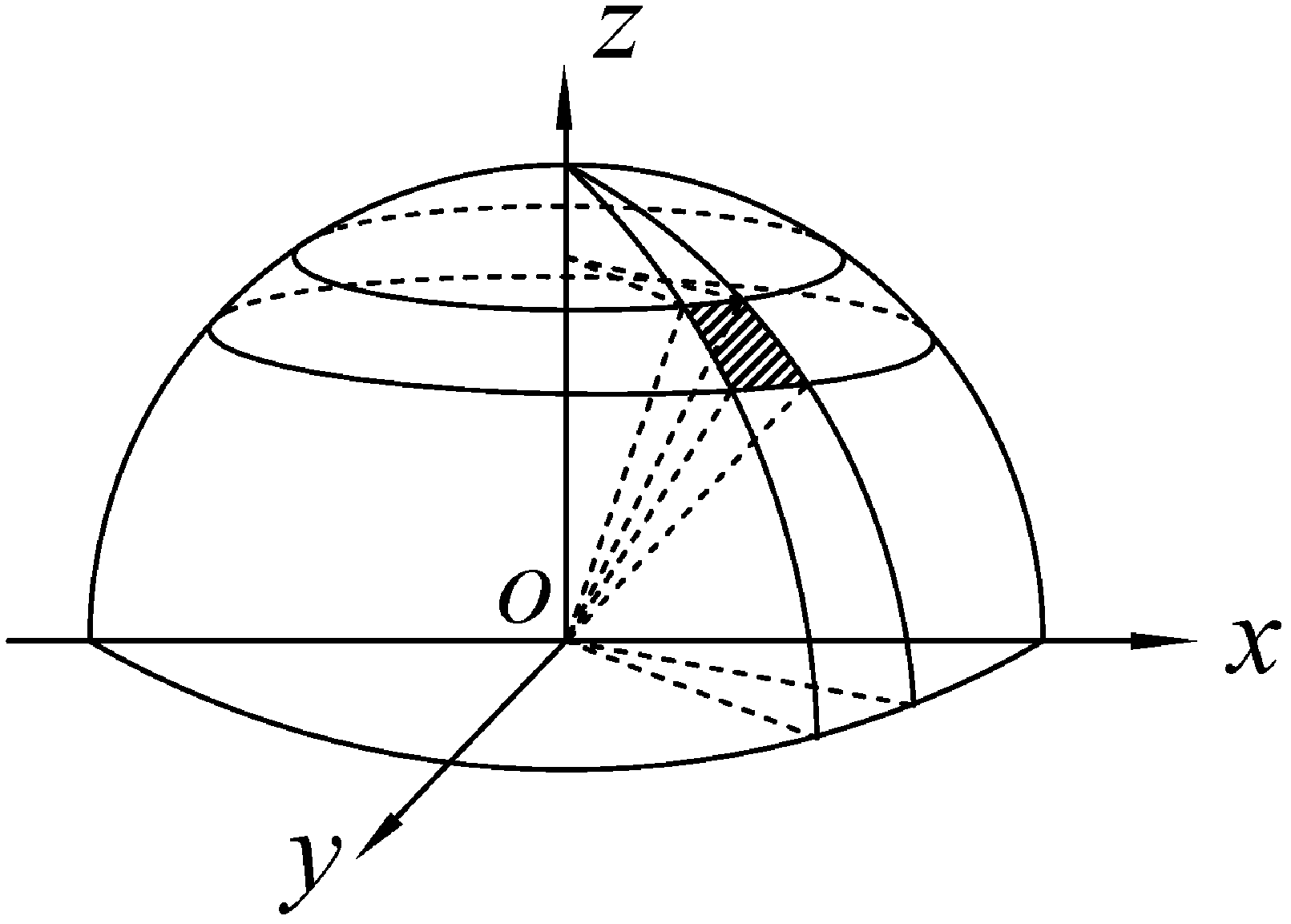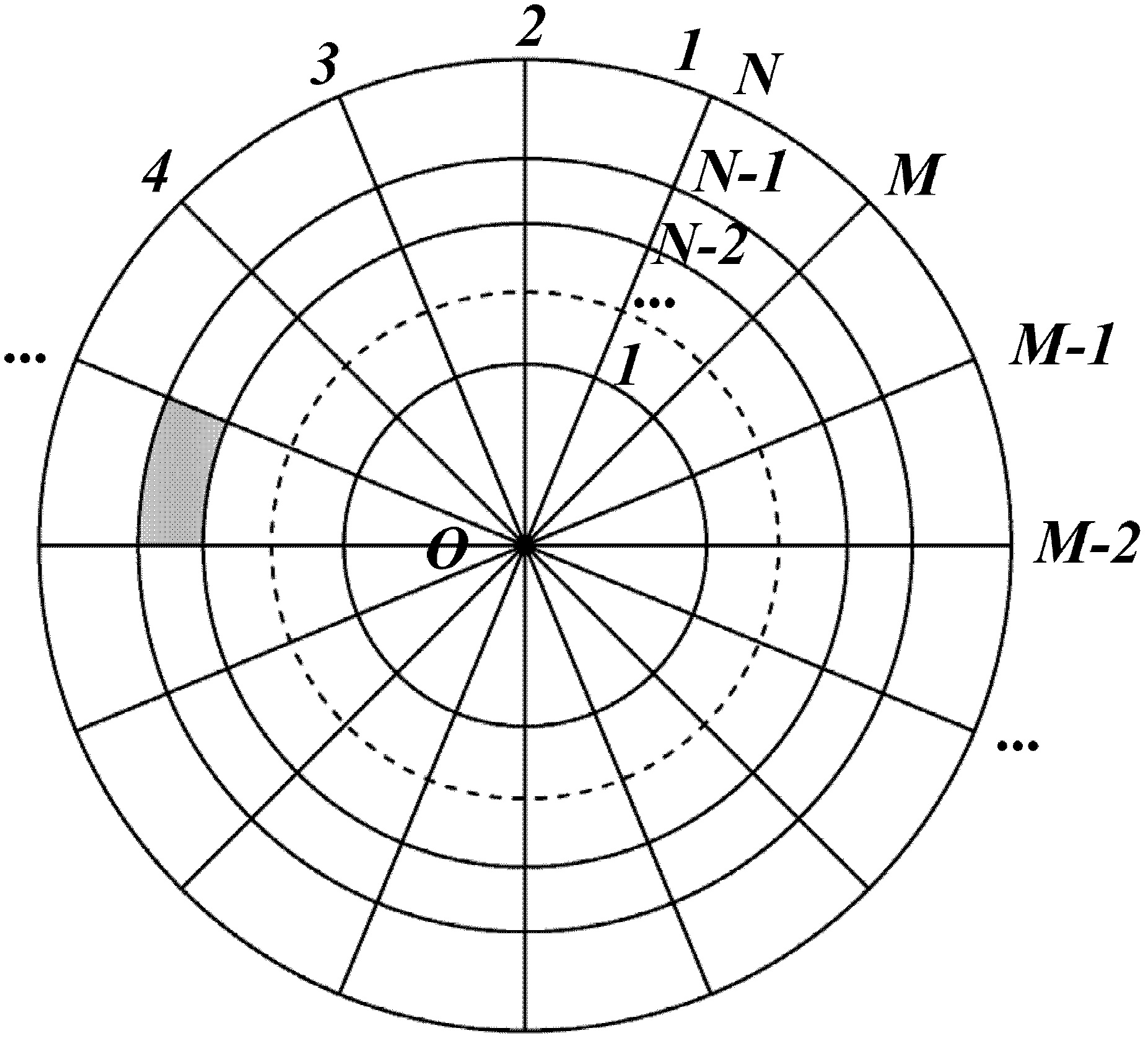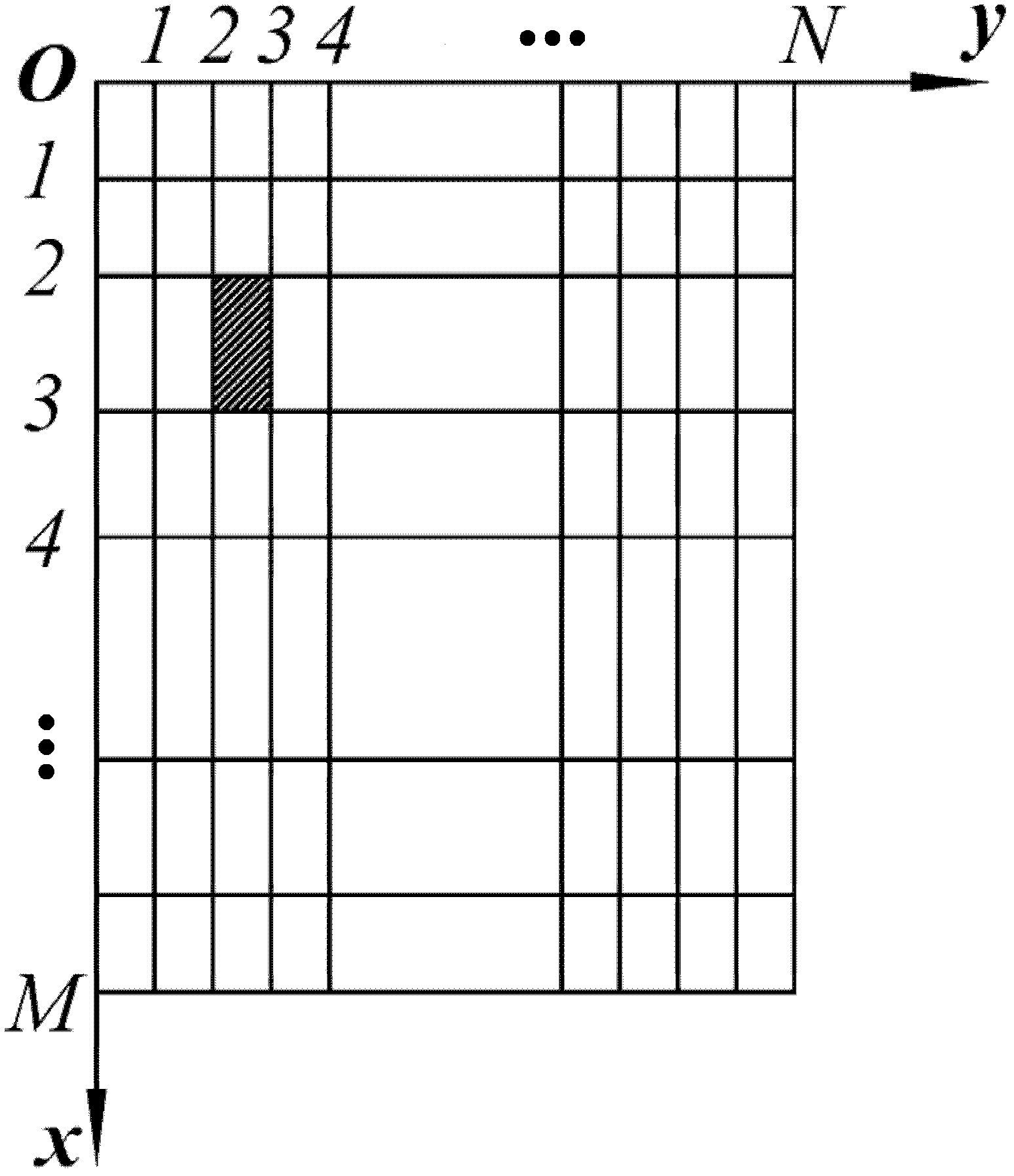Deign method of light-type controllable lens with double freeform surfaces
A technology of a curved lens and a design method, which is used in applications to meet different lighting needs, the design of double free-form curved lenses, and the field of beam control in LED packaging, which can solve the problems of losing the degree of freedom of lens design and the inability to adjust the shape of the lens at will.
- Summary
- Abstract
- Description
- Claims
- Application Information
AI Technical Summary
Problems solved by technology
Method used
Image
Examples
example 1
[0046] Referring to FIG. 5(1), this embodiment relates to a rotationally symmetrical double free-form surface lens whose inner surface is cylindrical and outer surface is a free-form surface. The material of double freeform surface lens is PC (polycarbonate) in the present embodiment, and inner surface height is 1 millimeter, and outer surface height is 4 millimeters, and the function relation of given inner surface is 1=x 2 +y 2 (0≤z≤1), that is, a cylinder with a height of 1 mm and a radius of 1 mm, where (x, y, z) represents the coordinates of a point on the inner surface of the double free-form surface lens in the X-Y-Z three-dimensional space. Referring to Fig. 2(1), the target surface is a circular surface with a radius of 100mm, divided according to Fig. 2(1), N is 200, M is 300, and the distance from the light source to the target surface is 50mm. Referring to FIG. 5(2), it is a diagram of the illuminance distribution of the double free-form surface lens on the target...
example 2
[0048] Referring to FIG. 6(1), this embodiment relates to a rotationally symmetrical double free-form surface lens whose outer surface is cylindrical and whose inner surface is a free-form surface. The material of double free-form surface lens is PMMA (polymethyl methacrylate) in the present embodiment, and inner surface height is 2 millimeters, and outer surface height is 4 millimeters, and the function relation of given outer surface is 4=x 2 +y2 (0≤z≤4), that is, a cylinder with a height of 4 mm and a radius of 2 mm, where (x, y, z) represents the coordinates of a point on the outer surface of the double free-form surface lens in the X-Y-Z three-dimensional space. Referring to Fig. 2(1), the target surface is a circular surface with a radius of 200mm, divided according to Fig. 2(1), N is 500, M is 800, and the distance from the light source to the target surface is 100mm. Referring to FIG. 6(2), it is a diagram of the illuminance distribution of the double free-form surface...
example 3
[0050] Referring to FIG. 7(1), this embodiment relates to a rotationally symmetrical double free-form surface lens whose inner surface is hemispherical and outer surface is a free-form surface. The material of double free-form surface lens is PP (polymethyl methacrylate) in the present embodiment, and inner surface height is 1 millimeter, and outer surface height is 3 millimeters, and the function relation of given inner surface is z=(1-x 2 -y 2 ) 0.5 , which is a hemispherical surface with a radius of 1 mm, where (x, y, z) represents the coordinates of a point on the inner surface of the double free-form surface lens in the X-Y-Z three-dimensional space. Referring to Fig. 2(1), the target surface is a circular surface with a radius of 100mm, divided according to Fig. 2(1), N is 500, M is 500, and the distance from the light source to the target surface is 50mm. Referring to FIG. 7(2), it is a diagram of the illuminance distribution of the double free-form surface lens on th...
PUM
 Login to View More
Login to View More Abstract
Description
Claims
Application Information
 Login to View More
Login to View More - R&D
- Intellectual Property
- Life Sciences
- Materials
- Tech Scout
- Unparalleled Data Quality
- Higher Quality Content
- 60% Fewer Hallucinations
Browse by: Latest US Patents, China's latest patents, Technical Efficacy Thesaurus, Application Domain, Technology Topic, Popular Technical Reports.
© 2025 PatSnap. All rights reserved.Legal|Privacy policy|Modern Slavery Act Transparency Statement|Sitemap|About US| Contact US: help@patsnap.com



